You smell weak: devices for movies and games that transmit odors (15 photos + 1 video)
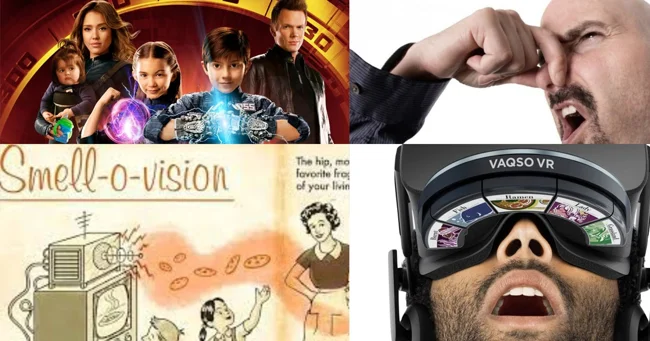
Back in 1906, attempts were made by filmmakers to interact with the viewer. For example, a movie theater owner in Pennsylvania waved a rag soaked in rose oil to spice up the screening. 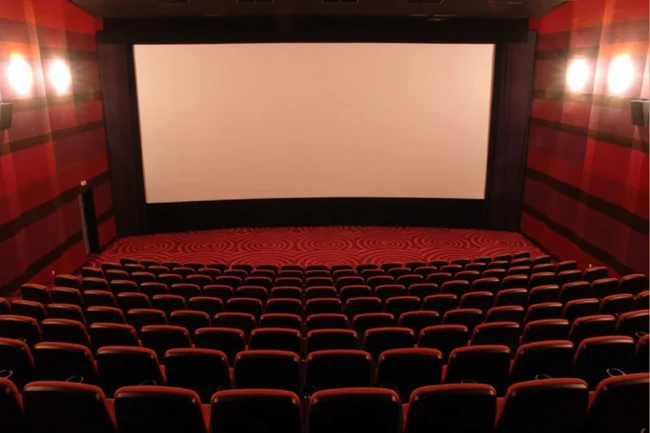
In the 1960s, the issue of breaking the fourth wall was taken more seriously. Special equipment was installed in cinemas to interact with the smell. However, only two films received such aromatic expansion: the documentary “The Wall of China” and “The Smell of Secret.” 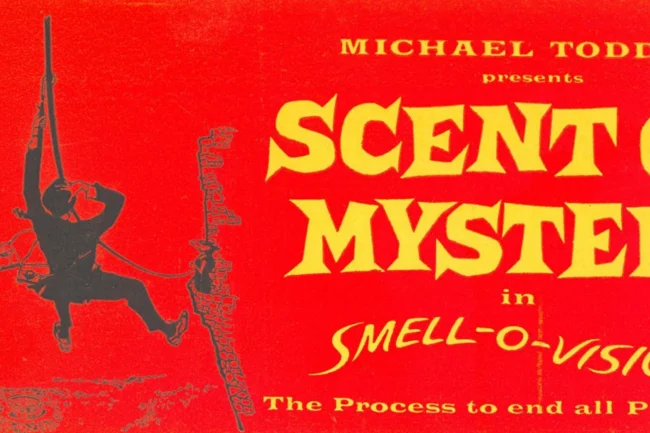
For such a complex screening, the Smell-O-Vision technology developed by Hans Laube was used and was implemented in only three cinemas. 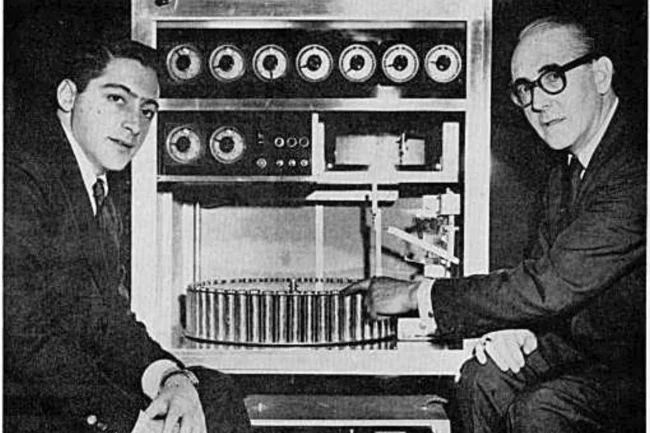
A network of pipes was installed throughout the hall, each of which led to a spectator seat, and aromas were sprayed through the central pipe. However, such specific shows were not to the taste of all viewers: someone developed an allergy, and watching a movie while sitting in snot and sneezing is such a pleasure. There were also complaints about the synchronization of the video sequence and the presentation of smells; it allegedly smelled earlier or later than it was necessary. 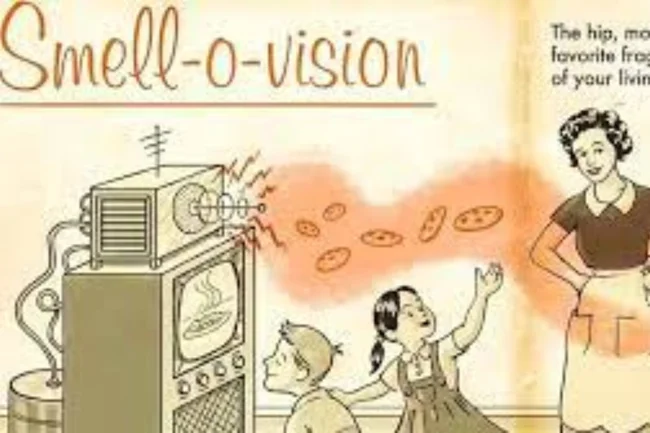
As a result, the system was not in demand and did not spread to a wider range of cinemas and films.
Periodically, attempts have been made to bring smells back into cinema. For example, in the film “New World” from 2006, and the most recent film is “Spy Kids 4D” from 2011. 
However, in both the first and second films, technology worked at a fundamentally new level. In the Japanese painting, the aromas were atomized by a closed-type device with 30 different oils.
In “Spy Children” there was a different concept: spectators were given special aromascope cards, on which oils were numbered. 
When the corresponding scene occurred, a number appeared on the screen and the cinema visitor removed the protective film from the desired oil. 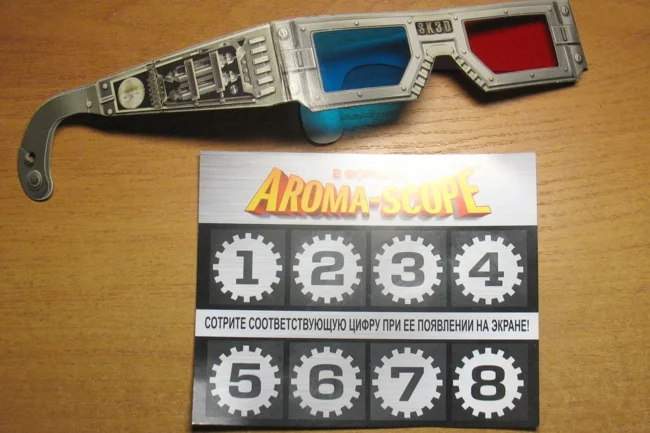
Nowadays, scent technology is used mainly only in 4D cinemas, where sessions last about 15 minutes. 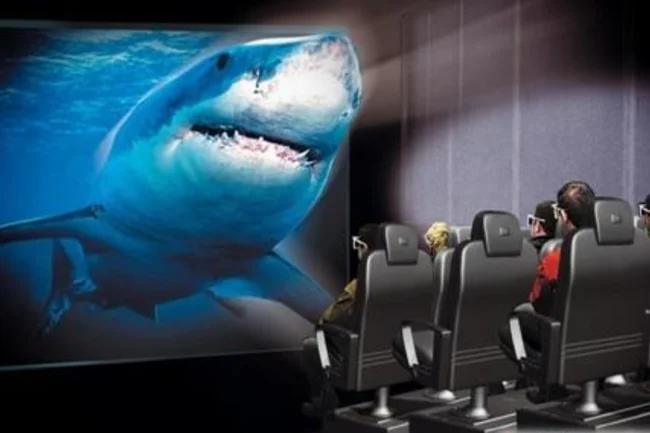
Basically, these are films made with the help of graphics, combining aromas, interactive chairs that change position and 3D glasses to add volume to what is happening on the screen. 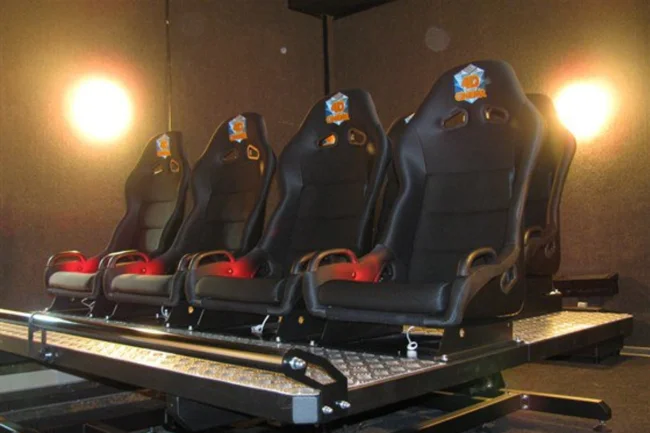
By the way, attempts to transfer odors in the entertainment industry were made not only in full-fledged cinema halls, but also in games and home theaters. 
Among the latest developments, it is worth mentioning the Vaqso gadget of 2018, which can be purchased in addition to virtual reality glasses. The semicircular device is attached to the helmet near the nose and connects via USB or Bluetooth. 
Replacement cartridges are sold for Vaqso; each game has its own recommended set; the system automatically dispenses them depending on the situation the user finds himself in in the virtual space.
There are many flavors in the sets, but the most interesting is zombie. However, there is a suspicion that few people will want to smell it.
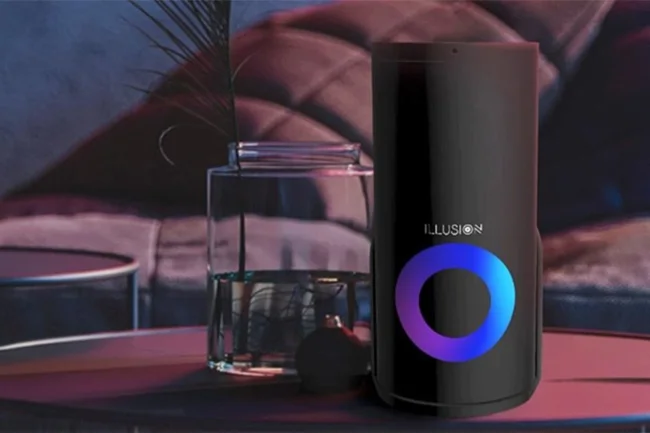
It is planned that at first the device developers themselves will add the necessary scents to films, but in the future the device will have its own neural network that can independently determine where to use a particular scent.
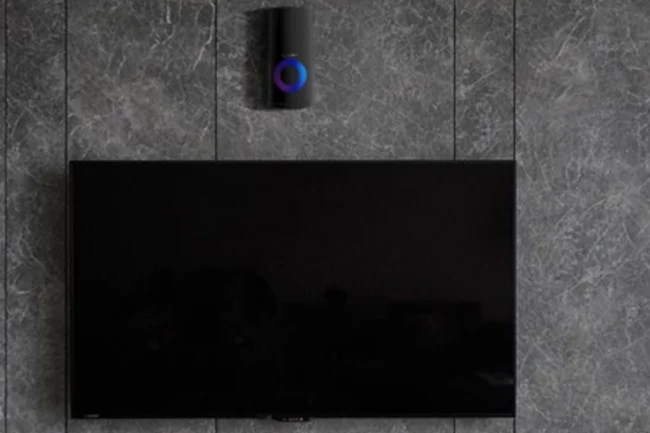
All technologies with aromatization are not very popular, but they are still developing, and, perhaps, in the future they will become commonplace and will be present in every home.

However, at the moment, such developments look like something out of science fiction and raise more uncomfortable questions than the desire to purchase such a device.
